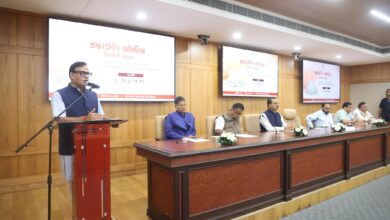Flooding and Management Crucial for Kaziranga’s Survival

Kaziranga National Park, a UNESCO World Heritage Site in Assam, India, is renowned for its exceptional biodiversity and the largest population of one-horned rhinoceroses. However, the park faces annual flooding from the Brahmaputra River, which presents both challenges and opportunities for its ecosystem.
Flooding is a natural phenomenon in Kaziranga, critical for maintaining its unique ecology. It replenishes wetlands, aids in nutrient distribution, and helps control invasive plant species, ensuring a healthy habitat for the park’s diverse wildlife. However, the intensity and frequency of these floods have increased due to climate change and upstream activities, threatening both animals and park infrastructure.

Effective management strategies are essential to balance the benefits and risks of flooding. Measures such as early warning systems, elevated refuges for wildlife, and improved drainage systems can mitigate the adverse impacts. Additionally, engaging local communities in conservation efforts and promoting sustainable practices upstream can help preserve Kaziranga’s ecological integrity.
In conclusion, while flooding is a vital ecological process for Kaziranga National Park, proactive management is crucial to protect its rich biodiversity and ensure the long-term sustainability of this natural treasure.
-Lakshmi Baruah









